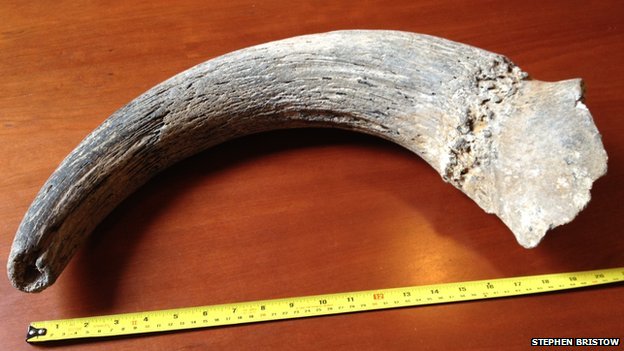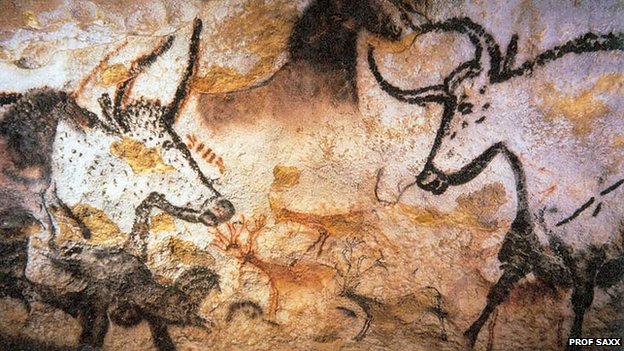OF THE
TIMES
Heaven and hell are eternal places because they are always present at the extremes of human existence, for better or for worse. People are constantly choosing between them, although they are generally not conscious of that in an articulated manner.
Quote: "However, lawyer Brian Knowles stressed the tragic timing of these deaths was not cause for suspicion ." Nothing to see here, move on.
The scientists broadcast a type of GREETING call called a 'whup/throp' through underwater speaker. When the call was played through the water,...
Hello, thank you for your article, you can buy Artemisia annua on the Biologiquement laboratory's online store at www.biologiquement.shop Kind...
and from whence did these neanderthals get that 13 billion ? and...for the protesters, if you Honestly want to make the world a better place....
Girls gone wild was a distracting lead up to governments gone wild. Up next, sport hunting and fishing.
To submit an article for publication, see our Submission Guidelines
Reader comments do not necessarily reflect the views of the volunteers, editors, and directors of SOTT.net or the Quantum Future Group.
Some icons on this site were created by: Afterglow, Aha-Soft, AntialiasFactory, artdesigner.lv, Artura, DailyOverview, Everaldo, GraphicsFuel, IconFactory, Iconka, IconShock, Icons-Land, i-love-icons, KDE-look.org, Klukeart, mugenb16, Map Icons Collection, PetshopBoxStudio, VisualPharm, wbeiruti, WebIconset
Powered by PikaJS 🐁 and In·Site
Original content © 2002-2024 by Sott.net/Signs of the Times. See: FAIR USE NOTICE


Reader Comments
to our Newsletter